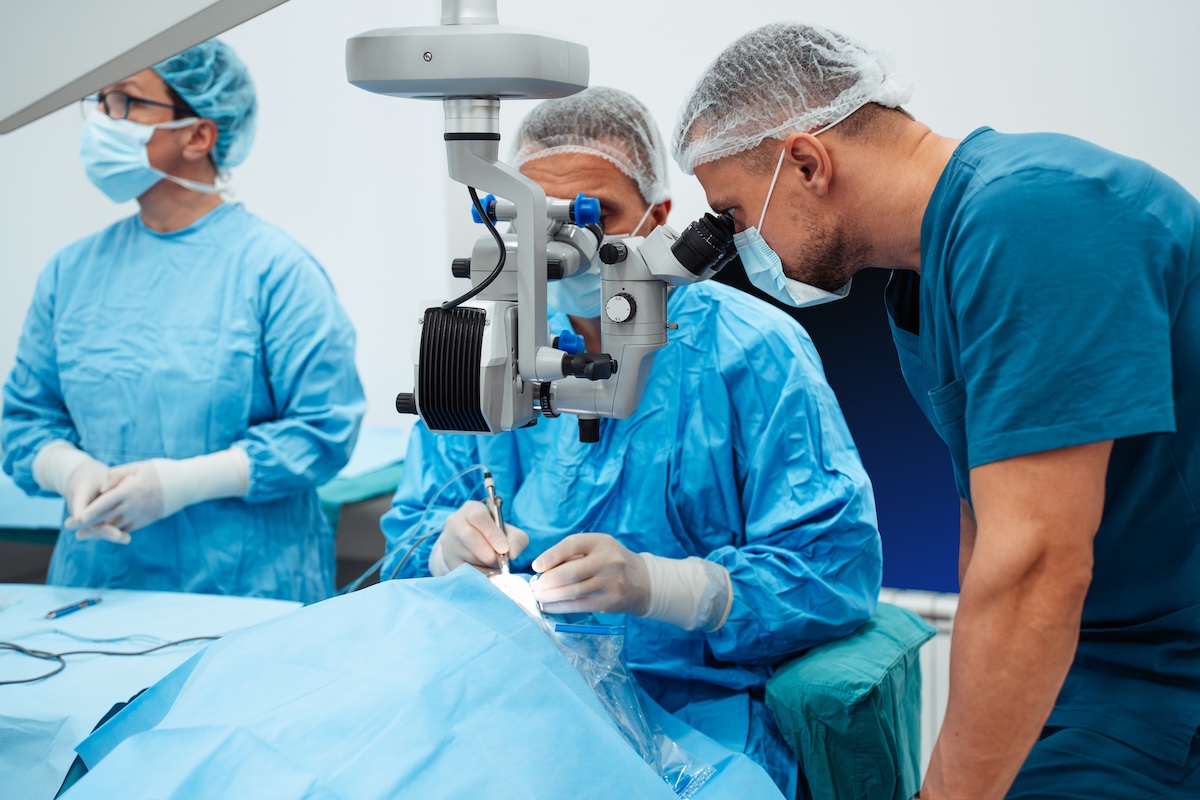How Long Does LASIK Last?
For many people tired of glasses and contact lenses, LASIK seems like a dream come true. This popular laser eye surgery can correct nearsightedness, farsightedness, and astigmatism, often with impressive results. But one of the most common questions patients ask is: How long will the effects of LASIK actually last?
If you’re considering LASIK and want to understand not just the surgery itself but how durable the results are, this guide is for you. Let’s explore the full journey—from the consultation room to long-term vision clarity—so you can make an informed decision.
What Is Laser Eye Surgery (LASIK) and Why Do People Choose It?
LASIK (Laser-Assisted In Situ Keratomileusis) is a type of refractive surgery that reshapes the cornea to improve how light is focused onto the retina. Think of your cornea like a camera lens—if it’s misshapen, the image (in this case, your vision) turns out blurry. LASIK fixes that.
People often choose LASIK for:
- Convenience – Ditching glasses and contacts for good.
- Lifestyle – Athletes, travelers, and people with active jobs often find LASIK life-changing.
- Cost over time – The one-time cost of LASIK can be less than decades of corrective lenses.
Before Surgery: Consultations, Eye Exams, and Eligibility
The first step isn’t surgery—it’s evaluation. Not everyone is a perfect candidate for LASIK, and that’s okay.
See more: How to Treat Arthritis Chronic Pain
Key Eligibility Criteria:
- Age 18+, preferably 21 or older with stable vision for at least a year.
- No severe dry eyes, infections, or corneal diseases.
- Stable prescription – Your vision should not have changed dramatically over the past year.
What Happens at the Consultation?
You’ll go through several tests, including:
- Corneal mapping
- Pupil dilation
- Tear film evaluation
- General eye health exam
Your surgeon will also ask about your lifestyle, job, and expectations. It’s a bit like sizing someone for a custom suit—you want precision.
Dos and Don’ts Before LASIK:
- Do stop wearing contact lenses (usually 1–2 weeks before).
- Don’t wear eye makeup or use lotions the day before or of surgery.
- Do arrange transportation—your vision will be hazy afterward.
During Surgery: Quick, Painless, and High-Tech
The procedure itself is surprisingly fast and, for most, painless.
What to Expect:
- Duration: Around 10–15 minutes per eye.
- Pain level: Minimal. Numbing drops make the process comfortable.
- Process:
- A small flap is created on the cornea.
- A laser reshapes the underlying corneal tissue.
- The flap is gently laid back in place—no stitches needed.
To imagine it, think of peeling back a sticker, smoothing out a wrinkle underneath, and placing the sticker back. Simple, but powerful.

After Surgery: Recovery and Results
Recovery is typically smooth and relatively quick, but that doesn’t mean it’s instant perfection.
Immediate Aftercare:
- Blurry vision is normal in the first few hours.
- Sensitivity to light and some mild discomfort can happen, like having an eyelash in your eye.
Most people return to work and daily routines within 1–3 days, but full healing takes weeks.
Common Short-Term Side Effects:
- Glare or halos around lights at night
- Dry eyes (usually temporary)
- Mild discomfort
You’ll likely have a follow-up appointment within 24–48 hours. Additional visits over the first few months ensure your eyes are healing correctly.
Longevity: How Long Does LASIK Last?
This is where LASIK shines for most patients. For many, the results last 10 to 20 years—or even a lifetime.
Why LASIK Lasts So Long:
- It permanently reshapes the cornea.
- The majority of patients maintain 20/25 vision or better for years.
- The correction is based on a stable prescription.
But It’s Not Forever for Everyone:
Around the mid-40s to early 50s, people develop presbyopia—age-related difficulty seeing up close. This isn’t a failure of LASIK, just a natural aging process. In these cases, readers or a touch-up procedure might be needed.
Some patients may also experience vision regression, especially if:
- They had a high prescription before LASIK.
- Their eyes continue to change naturally over time.
- They didn’t follow aftercare instructions properly.
Risks and Expectations
Like all surgeries, LASIK has risks, but complications are rare.
Common Risks (Most Are Temporary):
- Dry eyes
- Night glare or halos
- Undercorrection or overcorrection
In very rare cases (less than 1%), there may be vision loss, infection, or flap complications.
Managing Expectations:
- LASIK isn’t a miracle, but it can be life-changing.
- You may still need glasses for certain activities (e.g., reading as you age).
- Touch-ups or enhancements are sometimes needed after 10–15 years, but these are usually minor.
Real-World Example: Sarah’s LASIK Journey
Sarah, 32, had been wearing glasses since high school. She finally decided to get LASIK after years of beach vacations ruined by foggy lenses and the hassle of contacts.
After her LASIK procedure, she returned to work in two days and reported 20/20 vision within a week. Ten years later, she still doesn’t need glasses—though she uses reading glasses occasionally for work emails.
Her tip? “Follow every instruction your doctor gives—even the annoying ones.”
Conclusion: Is LASIK Worth It in the Long Run?
For most people, yes—LASIK offers not just clearer vision but a lifestyle upgrade. The key is understanding your goals, being realistic about the outcomes, and committing to proper care before and after surgery.
If you’re tired of your lenses and curious about making a long-term investment in your vision, consider speaking to a trusted eye specialist. Your future self—glasses-free at the beach or on the hiking trail—might thank you.



